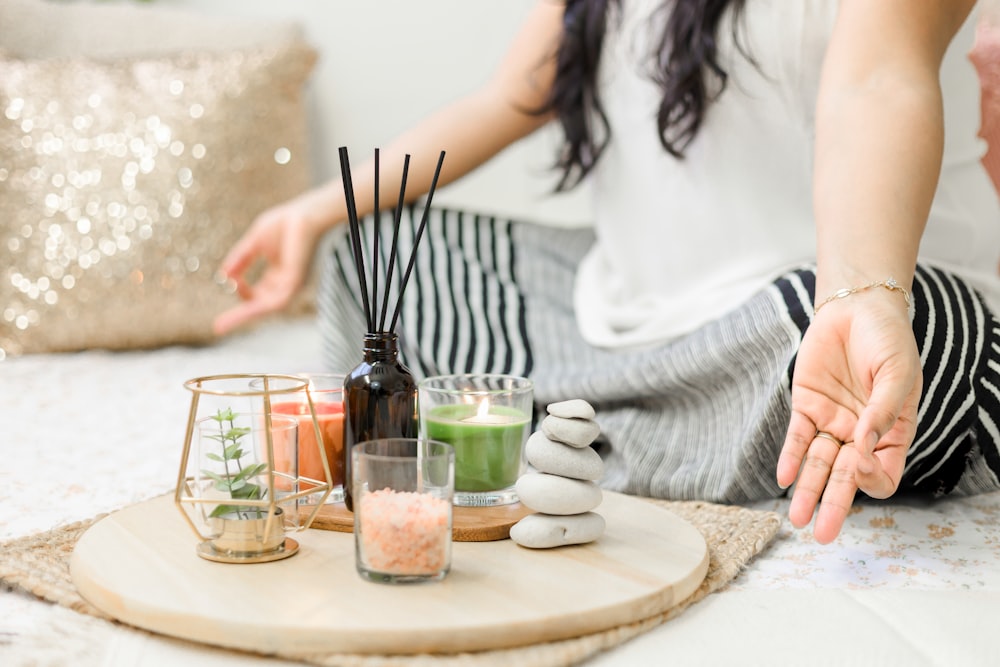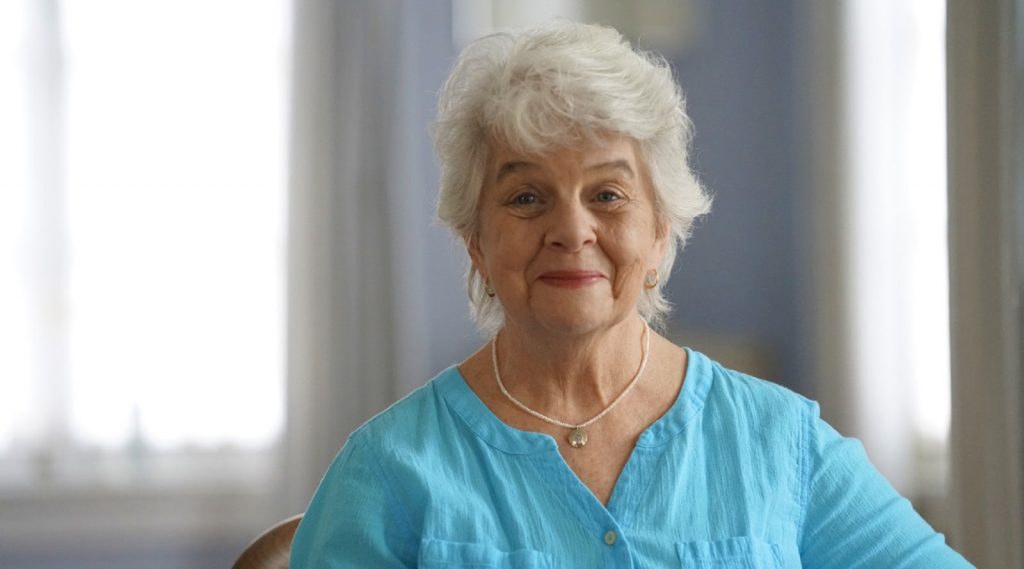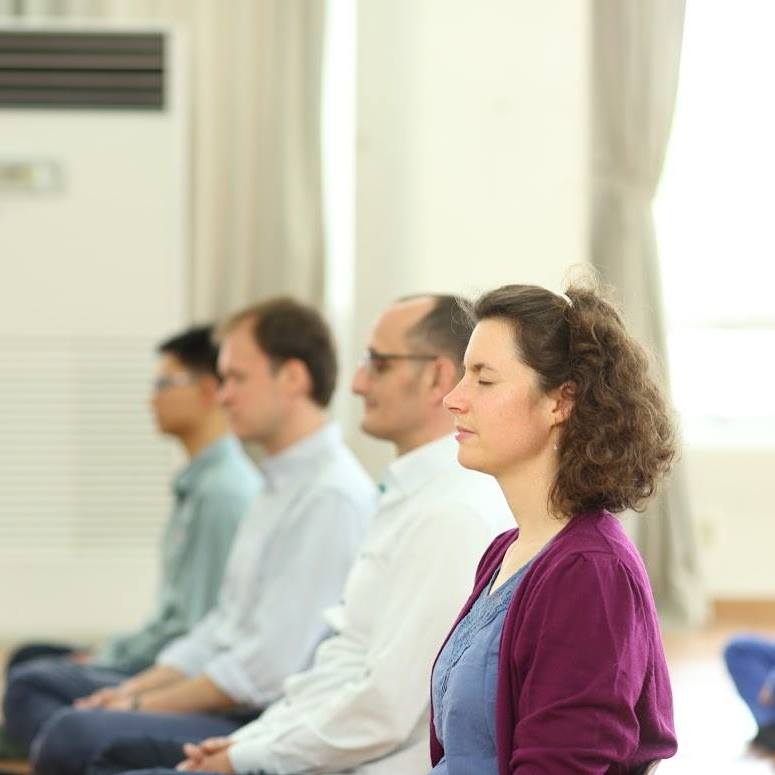Written By Marilyn Joy, a certified transformational life coach
It has been a long journey from clueless to teacher. When I first began to meditate, I was in college, and it was way before “mindfulness” became the new trend. Yoga and meditation were just catching on in the United States and were still considered way out there. I was initially attracted to it because my boyfriend liked it, but frankly, I couldn’t have been more bored. I didn’t understand sitting quietly for an hour. Really? Stop thinking? Impossible. Since then, I have learned the many joys of meditating and the value of being quiet and taking an inner journey.
The world is so noisy, and we are being bombarded by stress from all different directions. It is hard to know from one day to the next what will happen. This constant uncertainty can have an impact on our mental health. It is more important than ever for our health and well-being to take time for ourselves and detach from everything going on around us. By bringing balance into our lives, we can successfully navigate the world. Meditation is a powerful tool. So let’s get started.

I hear many people say they can’t meditate because they can’t stop their thoughts. This is a big misconception about what you are working to achieve. You are not trying to stop thinking; that is what your brain does, what it is supposed to do. Your thoughts are a good thing; they are what create your feelings and, in turn, your life.
In meditation, you watch your thoughts as they come and go without becoming emotionally attached to them, not getting involved in the drama or the story of what happened or who did what to whom. This is a very different process. It is like watching clouds float by. They are just clouds in the sky, one after another. Humans have thousands of thoughts per day; many of them are repetitive, such as “What am I going to eat for lunch”, or we ruminate in the past or worry about the future. By becoming aware of the present moment and what we think, we can begin to change the negative thoughts to more positive, uplifting ones. And we begin to feel better.
Meditation is a subtle process; you most likely won’t sit for 5 minutes watching your thoughts and find enlightenment. It takes time, and it takes commitment to practice regularly. You will notice one day that you are losing fear, anxiety, low self-esteem, stress, depression. You see that your relationships are improving; you are more patient and giving. You will experience more focus, so your work improves, and you will even sleep better. And you think to yourself that the meditation must be working.
There are four basics of meditation: right time, right place, right lifestyle, and the right food. The right time is the time that works best for you. If you decide to carve out time in your morning routine, relax before bed or take a break in the afternoon, it doesn’t matter, just so it is a time when you are alert and you set that particular time to meditate daily. Make it something you don’t even have to think about, like brushing your teeth; you just do it. A beginner doesn’t have to try and sit for 20 minutes or an hour. Start with just a few minutes, and as you become more experienced, your meditation will naturally lengthen.

The second is the right place. Make sure you have a spot that is quiet, comfortable and you won’t be disturbed. Set up a space to use every day so that when you sit in that place, you will begin to automatically relax and send a signal to your mind that it is time to become still.
The third is the right lifestyle. The goal of meditation is not to meditate repeatedly; it is to reach a state of peace and then bring that peace out to the world. If you spend your day complaining and criticizing, you won’t get very far when you sit down to meditate. This is a lifestyle; there is a relationship between how you live your life and the effectiveness of your meditation.
And the fourth is the right food. Eat a diet that supports good health; if you put junk into your body, you are most likely putting junk into your mind. You also don’t want to meditate right after eating.
Now that we have covered some ground rules let’s explore how to practice. There are many techniques and paths to follow; take some time to learn about different teachings to find those that resonate with you. I have several free guided meditations you can try at LightPoint Meditation. Some use meditation to ease anxiety; some use it to attain a higher consciousness or a spiritual experience. No matter what your intention, you will be surprised by what you encounter. It is important to remember not to have set expectations or to judge how well the meditation went. Be open and allow whatever happens to happen. It is a fantastic journey.
One of the best ways to begin is by getting comfortable, closing your eyes, letting go of the hustle and bustle of the world, and bringing your focus to your breath. So simple but so powerful! Feel the coolness on the tip of your nose as the breath moves into your body. Feel it travel down into the lungs and your belly, then feel the breath flow out of the body. With each breath, your body becomes more relaxed, and your thoughts begin to slow down. Every time you notice that your mind has wandered from the breath, gently, without judgment, bring it back and start again. I have found this technique to be beneficial when I am experiencing a lot of stress or anxiety. It calms me down, quiets my thoughts, and rebalances me.
Being aware of only the present moment and the flow of the breath really brings liberation from the daily struggles of the world. I know you have heard someone tell you to take a deep breath and calm down; as annoying as it sounds at the time, it is true. This is something that you can do anytime that you feel stressed or overwhelmed. Pause and focus on taking a deep breath. This allows for just the slightest shift in perception; it makes room for a new, more productive thought.

Any time that you sit to meditate, begin with a few deep breaths. No matter what technique you use, this relaxes the mind and body and prepares you to enter into the experience. Become aware of the present moment, no judgment, open, receptive, and willing. Forget your to-do list or how you goofed up yesterday, and settle in.
You may want to add a mantra once you get still. You gently move your focus on the breath to the sound of the mantra in your mind. A mantra is a word or sound to aid concentration. A powerful sound or vibration that you can use to enter a deep state of meditation. It is generally a Sanskrit word like “OM,” but “love” or “peace” can easily be used. Repeat it silently, and when your mind wanders again, bring it back to the focus on the mantra. You will do this over and over. Different mantras have different effects. “Shanti” is a feeling of peace, “Ananda” is bliss; both are excellent to start the day.
I attended a Buddhist meditation class a few weeks ago. The teacher guided us to visualize or imagine light surrounding our bodies and fill every cell and organ with light. Spending 20 minutes doing this changes our self-perception or self-image. It is also a great pain reliever. This technique was very powerful, and I am still working with this image. Visualization is an amazing tool. One visualization technique that I have learned is to see in your mind’s eye the most beautiful object you can think of. Focus on every detail; after a few minutes, very gently shift your focus from the object to the feeling created by the object. Become more aware of the feeling within you. You are now holding within yourself the pure emotion of beauty. This can have a positive effect on how you feel about yourself.
You will find that meditation is easy — as easy as breathing– and it is a lovely way to get to know yourself. Take some time to experiment with different teachings and practices. There are many pathways most of them will lead you to a greater experience of yourself. Spending a few minutes daily releasing judgment, control, and fear and instead of experiencing love, peace, and freedom will have a dramatic impact on your life. You don’t need to overthink it; you just need to make a decision to sit down and do it.

After a long career in broadcasting, Marilyn Joy became a certified transformational life coach and meditation teacher. She is the founder of Joy Coaching and LightPoint Meditation. For over 20 years, she has studied and implemented transformational success principles. As a meditation teacher, trainer, and certified coach, her workshops and coaching programs help people breakthrough limitations to achieve clarity, confidence, and soul-satisfying success.
- Chickpeas vs. Garbanzo Beans: What’s the Difference? - April 19, 2024
- How to Manage or Improve Anxiety - September 21, 2023
- The birth of a company - July 29, 2023






